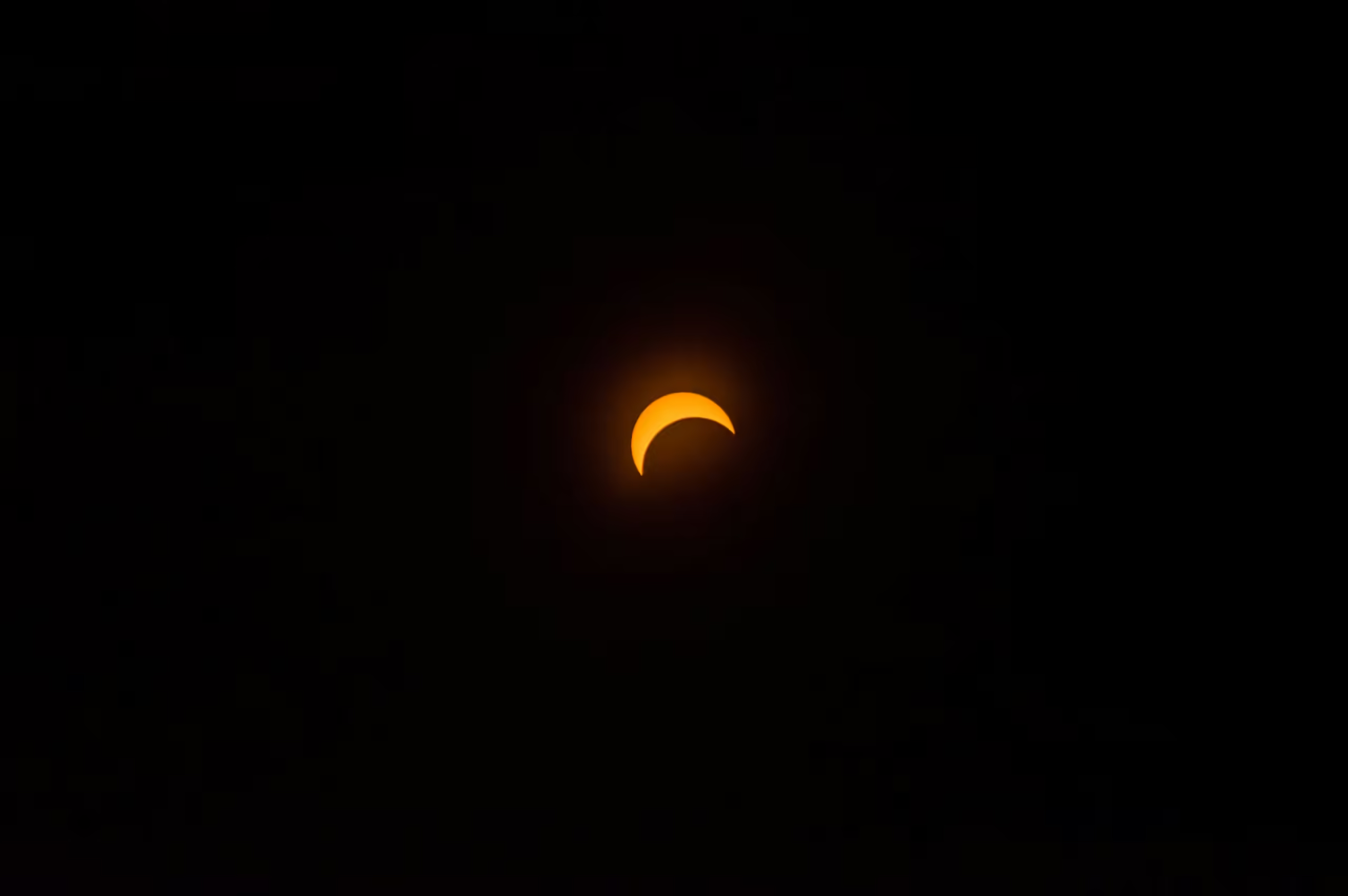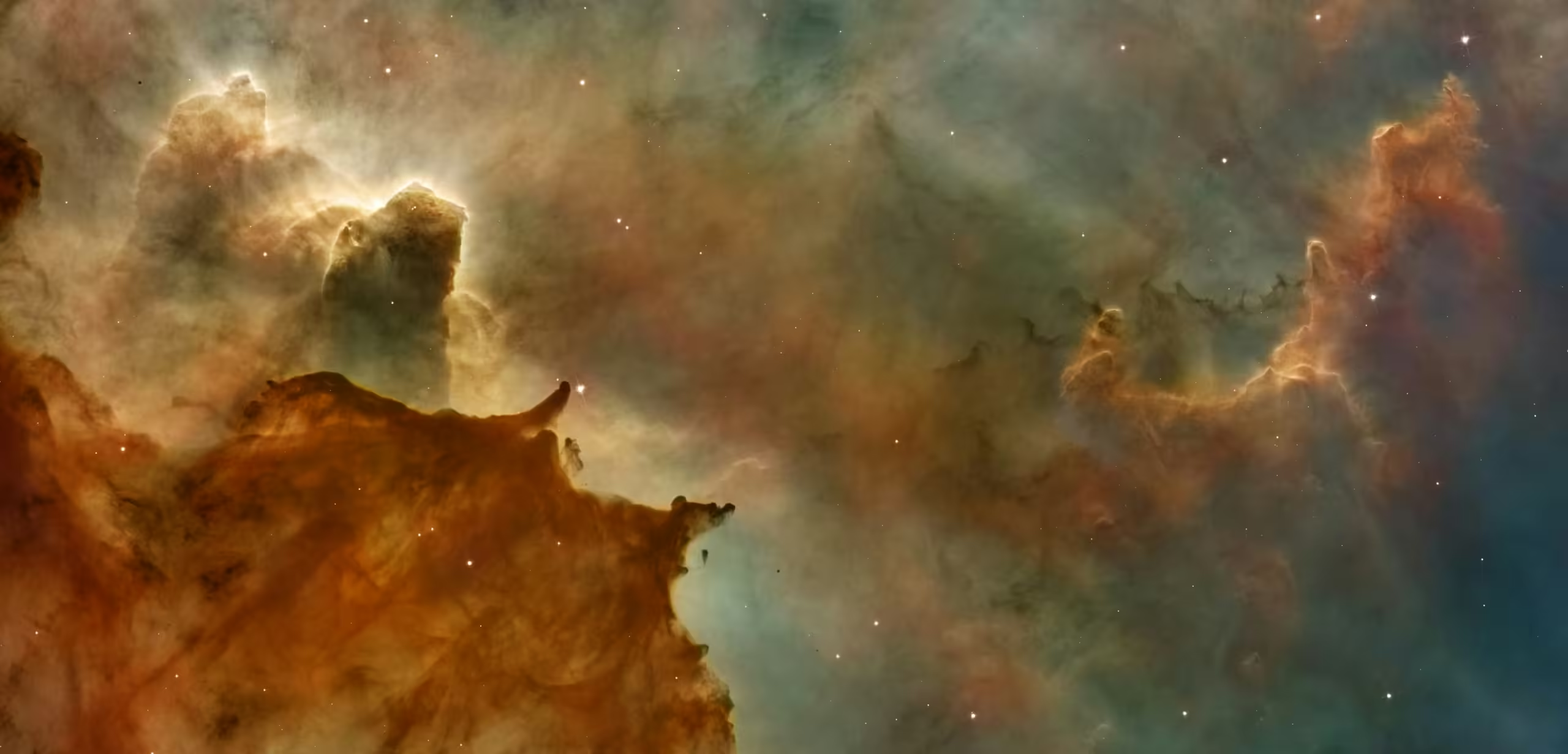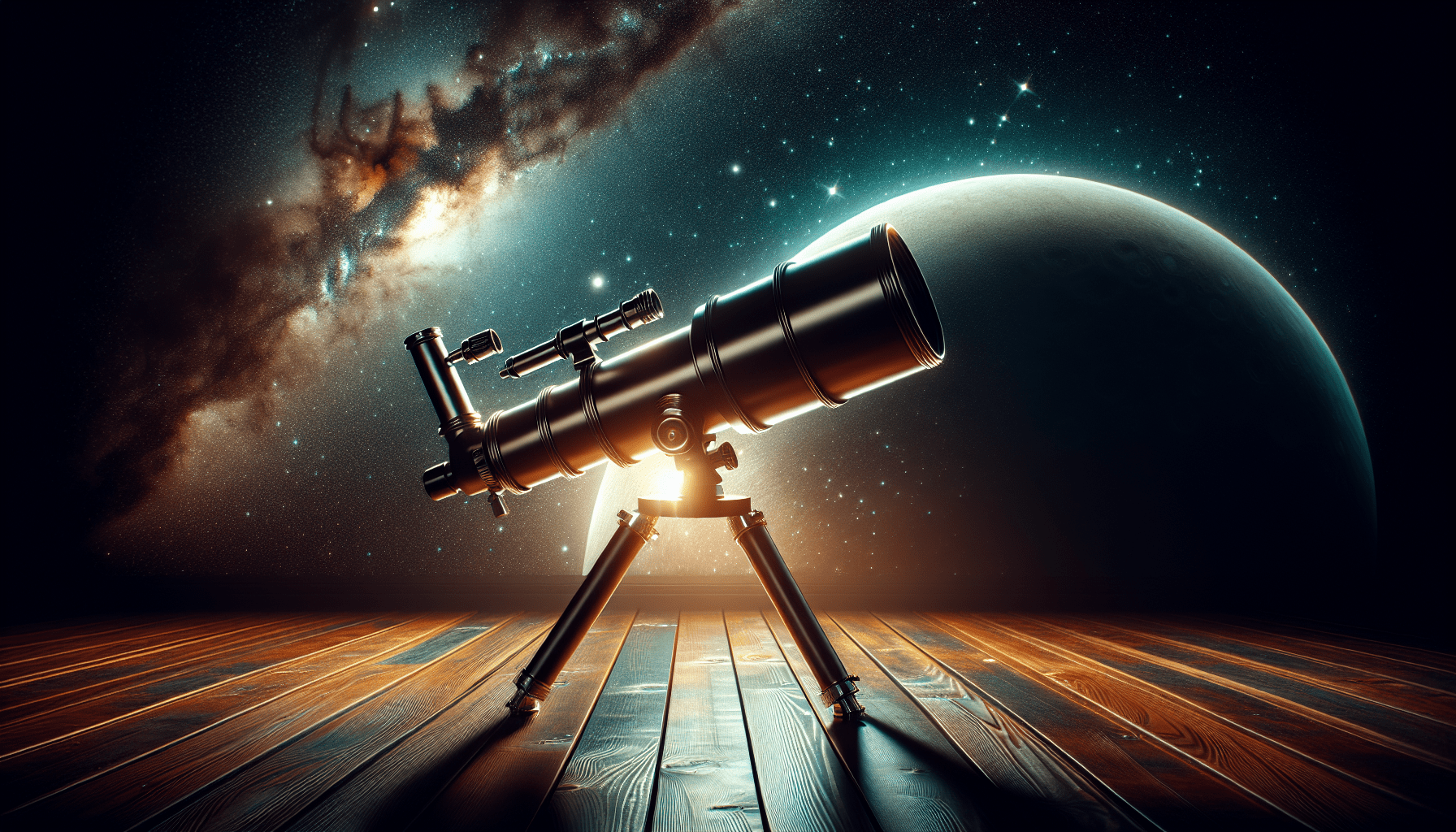Table of Contents
Tips for Setting a Reasonable Budget for Your First Telescope
How much should you spend on your first telescope? It’s a question that many budding astronomers wrestle with as they embark on this fascinating journey. Buying a telescope can open up a whole new universe, quite literally, but figuring out how much to allocate for this first significant purchase can be challenging.

This image is property of images.unsplash.com.
Understanding Your Interest Level
Hobbyist vs. Aspiring Astronomer
The first aspect to consider when setting a budget is your level of interest. Are you looking to casually observe the night sky, or do you foresee astronomy becoming a long-term hobby? Your answer to this will guide your budget significantly. Casual observers might be perfectly happy with an entry-level telescope that offers decent views of the moon and planets. On the other hand, if you’re an aspiring astronomer eager to delve deep into the mysteries of deep space, a more substantial investment will be justified.
Assessing the Usage Frequency
It’s essential also to evaluate how often you plan to use the telescope. If it’s something you’ll pull out only on special occasions like meteor showers or lunar eclipses, you might not want to spend too much. However, if you envision yourself spending many nights stargazing, investing in a higher-quality telescope will be a wise choice.
Historical Context: Telescopes and Their Development
The Birth of the Telescope
To appreciate why telescope prices vary so much, let’s take a moment to understand their history. The telescope, invented by Hans Lippershey in the early 1600s, was a groundbreaking device that forever changed our view of the universe. Galileo Galilei improved upon Lippershey’s design and used it to make astonishing discoveries, including the moons of Jupiter. The initial telescopes were expensive and exclusive to the well-heeled elite or scientific communities, but as technology advanced, telescopes became more accessible to the general public.
Modern Advancements and Affordability
The telescope market has evolved dramatically over the centuries. With advances in technology and manufacturing, modern telescopes offer unprecedented clarity and precision at a wide range of price points. This proliferation of options, however, can make it harder for beginners to decide how much to spend.
Key Considerations Before Buying
Types of Telescopes: Refractor, Reflector, and Compound
Understanding the different types of telescopes can help you determine how much to spend. There are three main types: refractor, reflector, and compound (or catadioptric) telescopes. Let’s break down these categories:
- Refractor Telescopes: These use lenses to gather and focus light. They are straightforward to use and maintain, making them a good choice for beginners. Prices range widely, but a decent entry-level refractor telescope can cost between $150 and $350.
- Reflector Telescopes: Instead of lenses, these use mirrors to gather and focus light. They generally offer more bang for your buck in terms of aperture (the diameter of the main optical component, either a lens or mirror) but require more maintenance. You can find a good starter reflector telescope for around $200 to $400.
- Compound Telescopes: These combine lenses and mirrors, offering the benefits of both refractors and reflectors. They are versatile and compact but tend to be more expensive. Entry-level models start around $500 and can go up to several thousand dollars.
Aperture: The Heart of a Telescope
When it comes to telescopes, aperture is king. Aperture refers to the diameter of the main optical component. Larger apertures gather more light, which means you’ll see fainter objects and more detailed views of planets and galaxies. Here’s a simple rule of thumb for beginners: aim for an aperture of at least 70mm for refractors or 114mm for reflectors. The bigger the aperture, the more you can expect to pay.
Current Trends in the Telescope Market
Digital Enhancements
One of the exciting current trends in the telescope market is the integration of digital technology. Nowadays, many telescopes come with computerized mounts, GPS technology, and smartphone compatibility. These enhancements make it easier to locate celestial objects and track their movements, which is particularly helpful for beginners. However, these features can add to the cost, so consider whether you need them right away.
Growing Popularity of Astrophotography
Astrophotography has seen a surge in popularity due to the accessibility of high-quality digital cameras and image processing software. If you’re interested in capturing stunning images of the night sky, your budget will need to accommodate additional equipment like a stable mount, camera adapters, and potentially more advanced telescope models.

This image is property of images.unsplash.com.
Breaking Down the Budget
Fixed vs. Variable Costs
When planning your budget, consider both fixed and variable costs. Fixed costs include the price of the telescope itself. Variable costs could involve eyepieces, filters, a mount, and other accessories. Let’s break these down:
| Expense Type | Estimated Cost Range |
|---|---|
| Telescope | $150 – $600+ |
| Eyepieces | $20 – $100 each |
| Filters | $20 – $80 each |
| Mount | $50 – $300+ |
| Carrying Case | $30 – $100 |
| Cleaning Tools | $10 – $30 |
A basic starter kit with a decent telescope, a couple of eyepieces, and essential accessories might set you back around $300 to $500. If you’re venturing into more advanced telescopes and accessories, expect to spend closer to the $600-$1000 range.
Example 1: Basic Beginner Setup
Let’s create a hypothetical beginner astronomer named Alex. Alex is passionate about exploring the cosmos but has a limited budget. After some research, Alex decides on a 114mm reflector telescope priced at $250. To enhance their viewing experience, they also purchase an extra eyepiece for $30 and a basic filter set for $40. Including a mount and carrying case, Alex’s total expenditure is around $370.
Example 2: Intermediate Setup
Now let’s consider Casey, who has been an amateur astronomer for a while and wants to upgrade. Casey opts for a compound telescope with a larger aperture, costing $700. Additional eyepieces and a comprehensive filter set add another $150 to the budget. Casey also invests in a more advanced mount costing $200 and some astrophotography gear for $300. All told, Casey’s total investment is approximately $1350.
Comparing Different Points of View
Initial Investment vs. Long-Term Use
There are different schools of thought regarding how much to invest upfront. Some believe it’s best to start with an inexpensive telescope to ensure sustained interest. This “dip your toes in” approach minimizes financial risk if the hobby turns out not to be as captivating as anticipated.
Others argue for investing in a mid-range telescope from the start, reasoning that better equipment can provide more engaging and rewarding experiences, which might sustain interest in the long run.
New vs. Used Telescopes
Purchasing a used telescope is another avenue to explore. Many high-quality telescopes can be bought second-hand at a fraction of their original cost. However, buying used requires a careful assessment to avoid issues like damaged optics. Always try to buy from reputable sources or local astronomy clubs, where you might also get valuable advice and mentorship.
Brand Reputation
Brands like Celestron, Orion, and Meade have good reputations for making reliable telescopes. Researching and sticking to well-known brands can save you from the potential pitfalls associated with lesser-known manufacturers, who might offer lower prices but compromise on quality.

This image is property of images.unsplash.com.
Impact Assessment
Quality of Observations
The quality of your observations will significantly depend on how much you invest in your equipment. High-quality telescopes with larger apertures and better optics offer clearer, more detailed views. Poor-quality equipment might provide frustratingly blurry or limited views, which can dampen enthusiasm and interest in the hobby.
Financial Considerations
A carefully planned budget minimizes financial strain while ensuring you get a telescope that meets your needs. Overspending might lead to regret or financial stress, while underestimating necessary expenditures could result in dissatisfaction with your purchase.
Longevity and Upgrades
Investments in quality equipment can last longer and maintain better value over time. They also make future upgrades easier, as compatible accessories and parts are often more readily available for well-known brands and models.
Future Directions and Implications
Predictions: Telescopes and Future Tech
With advancements in technology, telescopes are only going to get better. We can expect more integration with AI for easier object tracking and identification, making the hobby even more accessible. Cloud-connected telescopes might allow you to share your observations with a global community, enhancing the social aspect of stargazing.
Implications for New Astronomers
For new astronomers, the growing accessibility of high-tech equipment means more people can enjoy stargazing without a steep learning curve. However, this also implies that beginners must stay updated with the latest trends and technologies to make informed decisions.
What do you think? Will the ease of advanced equipment make you more likely to invest more initially, or would you prefer to start small and gradually upgrade as you become more committed?

Conclusion
To wrap up, the amount you should spend on your first telescope depends on multiple factors such as your level of interest, usage frequency, and whether you aspire to delve into astrophotography. A thoughtful approach that balances initial cost with long-term value can make this fascinating hobby more rewarding.
Invest wisely, research thoroughly, and remember that the sky is literally the limit. Happy stargazing!
For more insights and tips, feel free to browse through related articles on our site.
